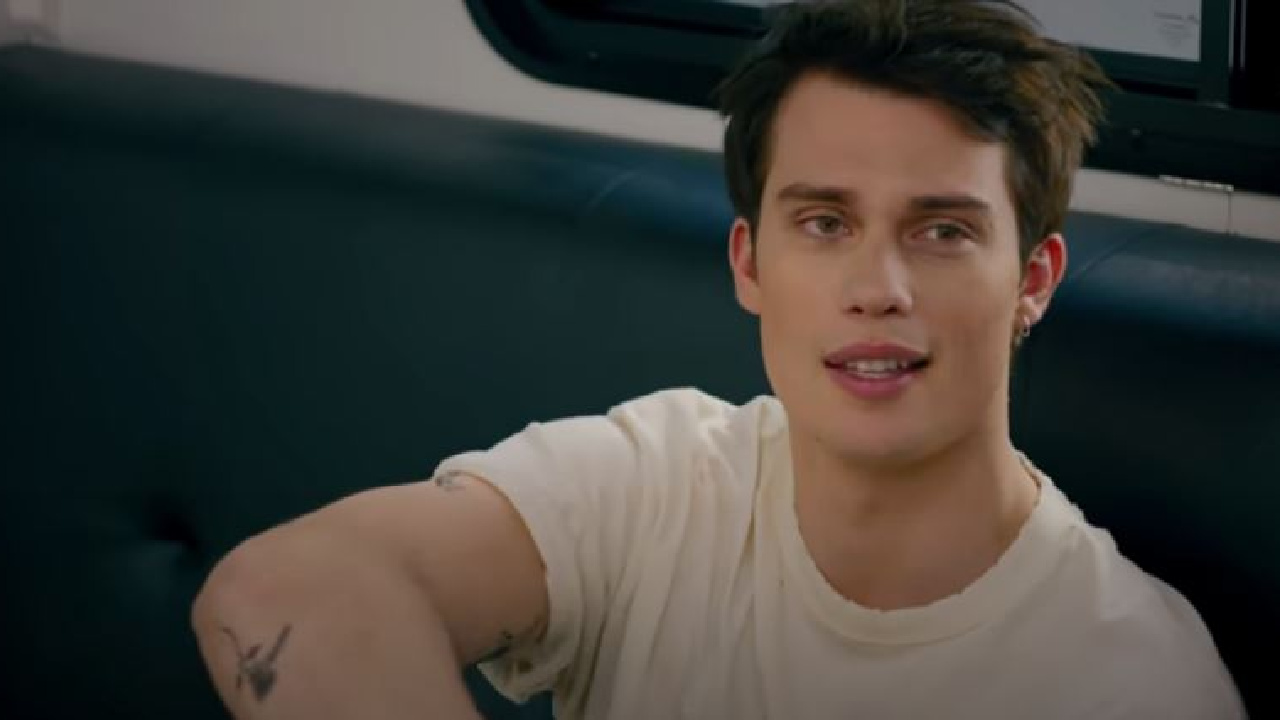Why Rogue One Improves A New Hope
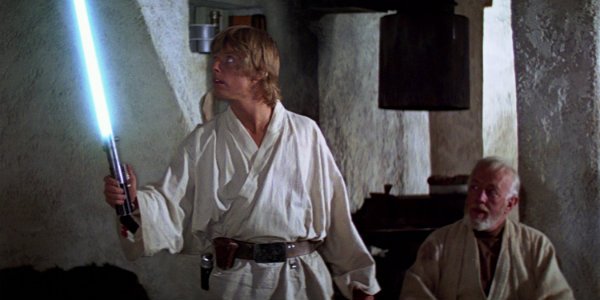
Warning: MAJOR spoilers for Rogue One ahead, don't read any further if you haven't seen the latest Star Wars movie!
Gareth Edwards' Rogue One: A Star Wars Story has an absolutely insane responsibility on its hands. Not only must it tell a gripping standalone story, but it must also do so while setting up the events of the original Star Wars trilogy in a logical and respectful way. We have seen what happens when prequels set in the Star Wars universe go awry, and all eyes are on Rogue One to be the first genuinely great Star Wars film to not center on Luke, Han, and Leia. That's a tall order for a beloved franchise.
With a great sense of relief I can confirm that Gareth Edwards has most certainly pulled it off. Not only is Rogue One a great Star Wars movie, but its inclusion in the Star Wars canon also retroactively improves a number things that aren't quite right in A New Hope. We have compiled a few of our favorite improvements, make sure to check them out and let us know what you think in the comments section below! Now let's get started with the fact that Rogue One definitively retcons one of A New Hope's biggest narrative weaknesses.
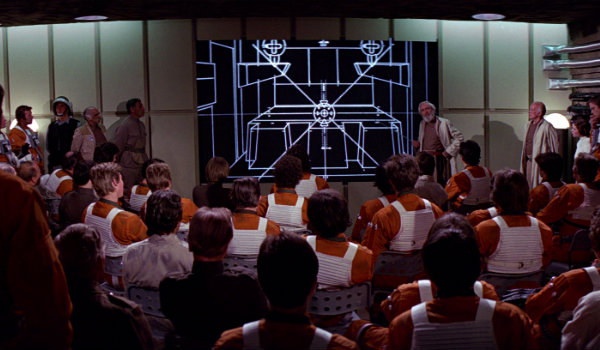
Rogue One Rationalizes A New Hope's Biggest Plot Holes
A large number of people saw this revelation coming, as the backstory of Galen Erso (Mads Mikkelsen) became more and more fleshed out over the course of Rogue One's marketing campaign. But it's still a complete and utter slam dunk for the film. For years Star Wars fans have lamented the fact that the Death Star's weakness seems so easy to exploit, but Rogue One effectively ties that particular narrative issue into the overarching plot of the series. By making the bizarre exhaust port weakness an intentional design flaw, Rogue One takes the events of A New Hope and adds new layers of complexity by showing us that people inside the infrastructure of The Empire were working to bring down the battle station. That's a retcon at its finest.
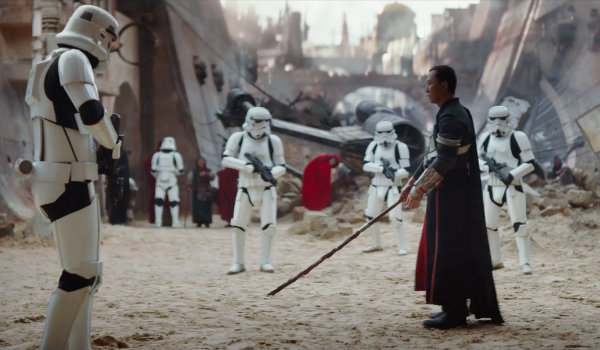
Rogue One Fleshes Out The Force Without Jedi
Up until the release of Rogue One, the conflict between the Jedi and the Sith had been the one consistent struggle throughout the saga, which means that we have pretty much only viewed the franchise through the eyes of people with an intimate knowledge of The Force. However, Rogue One turns that idea on its head by showing us characters who view the mystical energy from an outsider's point of view. For the first time since A New Hope, The Force once again felt like an ancient religion whose teachings could not be explained by logic or science. Donnie Yen's Chirrut Imwe was not a Jedi, but he placed his faith in The Force, and that faith inspired those around him. This provides an amazing sense of how things have changed since the fall of the Jedi when Order 66 was issued.
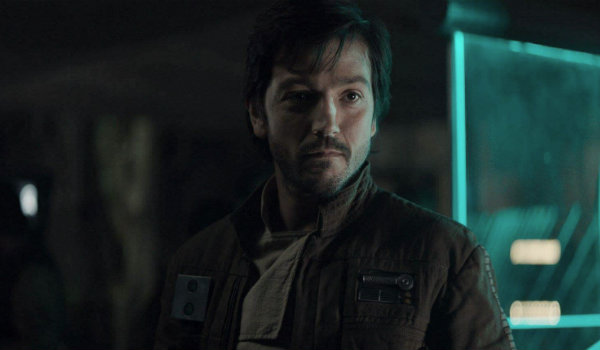
Rogue One Shows The Rebellion Willing To Get Its Hands Dirty
It's no secret that the Star Wars franchise has always relied on a simplistic concept of good vs. evil to tell its stories. However, Rogue One completely upends that idea by giving us an ensemble of criminals, assassins, and scoundrels who work for the Rebels and are willing to get their hands far dirtier than Luke or Obi-Wan. Diego Luna's Cassian Andor epitomizes this idea during his introduction scene, when he murders an informant in cold blood once he has received the information that he needs. It's a completely shocking moment for a Rebel character, and it adds new layers of depth to the overall Rebel Alliance by reminding us that this organization will do anything to beat The Empire.
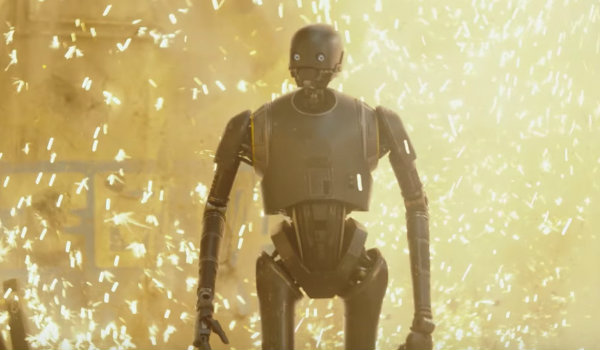
Rogue One Shows The Real Cost Of Obtaining The Death Star Plans
As much as we love the original trilogy, it's worth remembering that relatively few main characters actually die over the course of its narrative, and even fewer permanently die at the hands of the bad guys. On the other hand, Rogue One goes all in on the "suicide mission" idea, and kills every single one of its main characters by the end of the movie. Everyone is given a moment to shine (personally I think Kaytoo goes out in the biggest blaze of glory) and by the time Rogue One's credits roll, we have a much better understanding of the amount of pain, suffering, and death that went into getting those plans. It ultimately makes A New Hope feel like the last leg in an exhausting relay race, and we get a much better understanding of Leia's desperation.
Your Daily Blend of Entertainment News
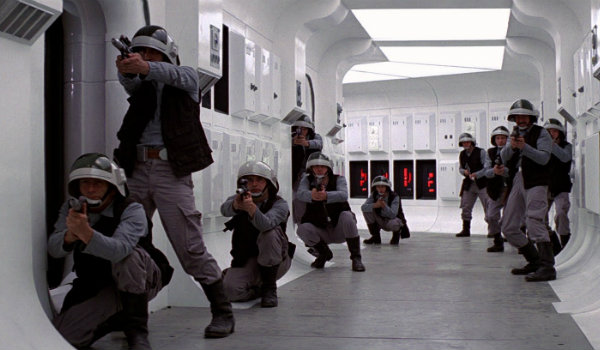
Rogue One Establishes How Narrowly The Tantive IV Escaped
Admittedly this isn't inherently a flaw in A New Hope, but the addition of Rogue One to the Star Wars lore definitely helps. The final few minutes of Rogue One show a frantic relay race to get the Death Star plans away from Darth Vader and into the hands of Princess Leia. It's unquestionably one of the most intense sequences in the entire film, and it adds an entirely new layer of frantic energy to the opening sequences of A New Hope. We've always known that Leia Organa and the Tantive IV were on the run at the beginning of the Star Wars saga, but the ending of Rogue One shows us the violence and brutality that they were on the run from.
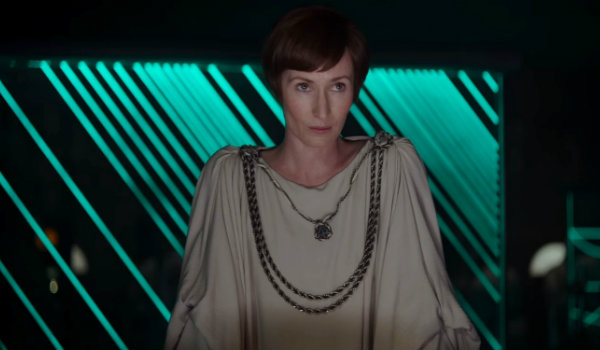
Rogue One Shows The Amount Of Inner Conflict That Exists Within The Rebellion
One of the most fascinating elements that Rogue One: A Star Wars Story adds to the greater Star Wars mythos is the amount of inner conflict and turmoil that it showcases within the Rebel Alliance. In A New Hope, the Rebels are framed as the Promised Land for our heroes; once they reach Yavin IV, all is expected to work itself out. However, in Rogue One we get to see the amount of in fighting that occurs behind closed doors among the Rebel leadership. They can't even completely agree on a name for themselves. It adds a deeply human layer to the good guys of this universe, and adds a moral shade of grey that we haven't really seen in a Star Wars movie.
Do you think Rogue One improves on A New Hope in any other ways? Let us know what you think in the comments section below to keep this discussion going!
Originally from Connecticut, Conner grew up in San Diego and graduated from Chapman University in 2014. He now lives in Los Angeles working in and around the entertainment industry and can mostly be found binging horror movies and chugging coffee.

